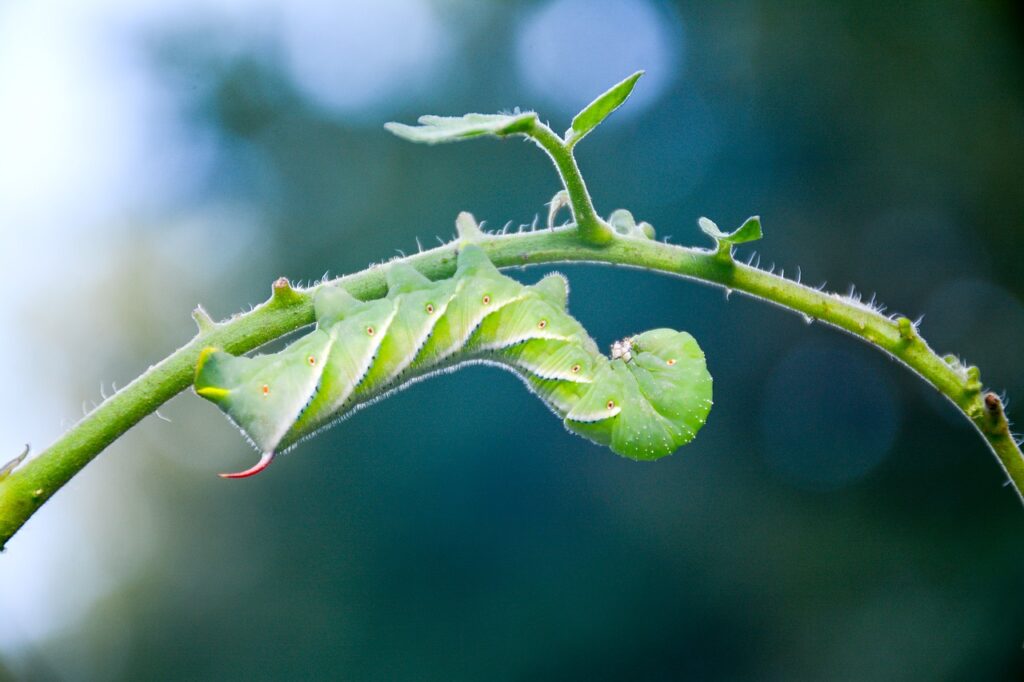Every gardener should be wary of the invasive and destructive pests that will take advantage of their garden. This is true even during the warmer weather of the summer.
In fact, as the summer continues, there are a few insects that gardeners should be on the lookout for. These pests tend to be very destructive and will cause a lot of damage to a garden if left unchecked.
Lace Bugs
Lace bugs are tiny gray and white bugs that feed on the underside of leaves, as GardenersPath.com points out. They grow to be approximately 1/8th to 1/3rd of an inch long, are semi-transparent, and possess lace-like wings.
These bugs are so damaging to plants due to their characteristically distinct mouthpart. This needle-like mouth allows them to pierce into a plant and suck out the sap. This process then causes the leaves of the plant to dry up and turn yellow or gray in color.
To deal with lace bugs, use a daily water spray and introduce beneficial insects like ladybugs to the garden.
Aphids
Aphids are very small green, black, brown, or grey insects, typically only reaching around 1/10th of an inch long.
According to TheSpruce.com, these insects will excrete a sticky, clear substance called honeydew. This substance attracts ants. So, if there are a lot of ants on a plant, it could be a good idea to check for aphids.
There are a few ways to try handling an aphid problem. Individuals can try attracting more beneficial insects like ladybugs, lacewings, or damsel bugs, to attack the aphids.
Alternatively, the plant can be sprayed with insecticidal soap or a homemade tomato leaf or garlic spray to kill the aphids. However, this process will have to be performed again once the infestation occurs again.

Tomato Hornworm
Another pest to be on the lookout for is the tomato hornworm, according to Almanac.com. The tomato hornworm can grow up to five inches long, are pale green in color sporting white and black markings, and have a horn-like protrusion on the rear. Due to their color, the larvae tend to blend in with plants.
Signs of a tomato hornworm infestation include chewed or missing leaves, dark green or black droppings left by larvae feeding on the leaves, and stems with wilted leaves or missing leaves.
Because the caterpillars are not dangerous, the best method to getting rid of these invaders is to handpick them out of the garden. After picking them off of the plant, gardeners can either crush the insect or drop them into soapy water.
However, if the population proves to be too large for handpicking, insecticides can be effective but should be a last resort.
There are many pests to be aware of while gardening, but it is important to remember that not all insects are bad! In fact, some, like pollinators, are extremely beneficial for not only the garden but the local environment as well.
